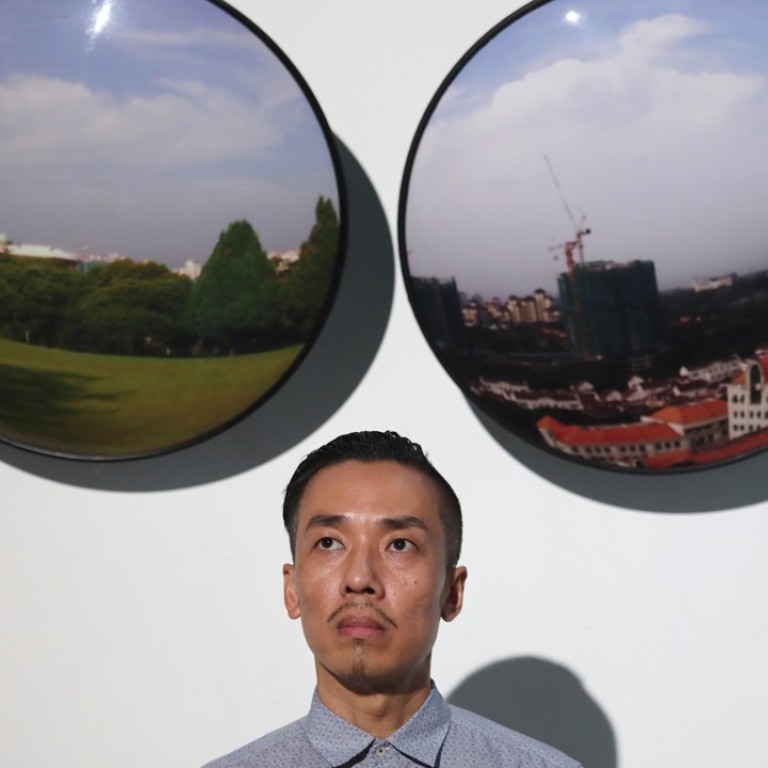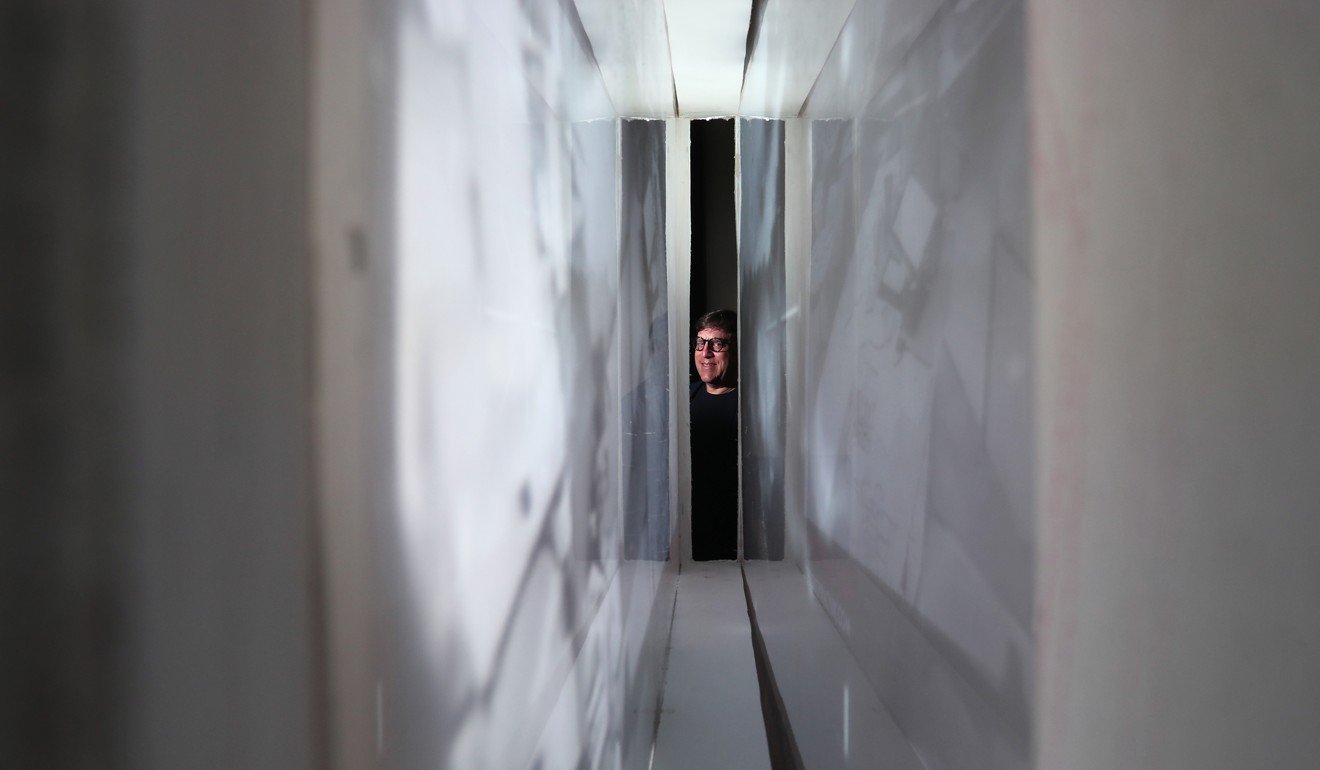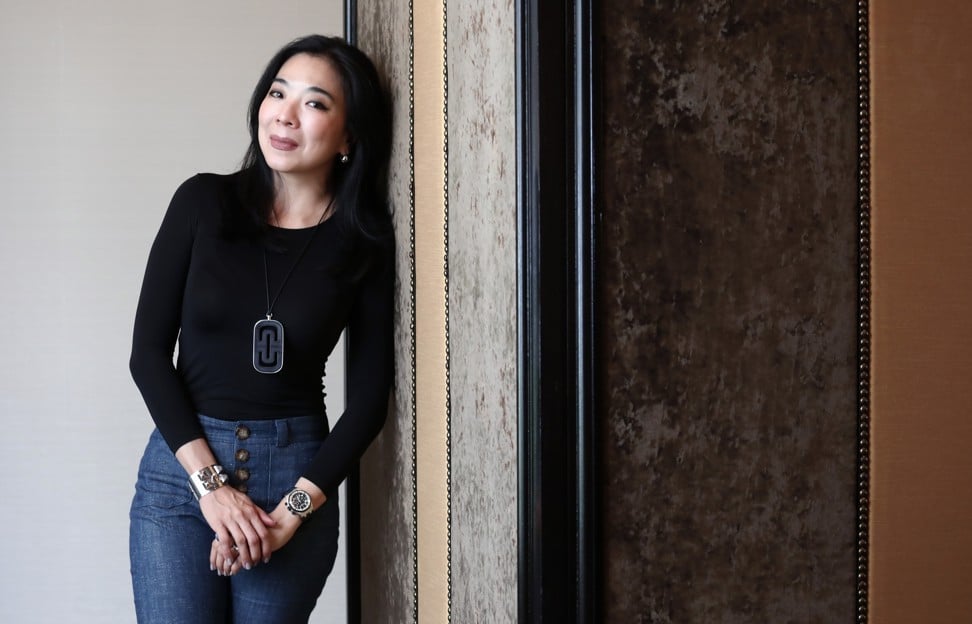
Malaysia art exhibition on surveillance culture perfectly reflects the fear that Big Brother is watching you
Kuala Lumpur show includes works by international artists responding to universal concerns about the growing intrusion of surveillance in our lives, and the blurred lines between what is private and what is public
“Seen” is a group exhibition in Kuala Lumpur about surveillance and the imbalance of power, and it is a timely test of whether political art still works when the politics changes.
The exhibition at Wei-Ling Contemporary gallery was conceived last year when there was a lot of pent-up anger in Malaysia, and when most people didn’t expect to see a change in government. To the surprise of everyone, including gallery owner Lim Wei-ling, Malaysia would witness the peaceful, democratic ousting of the coalition that had been in power since independence just one week after the show opened, and the city’s arts community has been in a celebratory mood since.
Under Mahathir, Malaysian artists see breathing space to be creative
“The exhibition was [conceived] at the end of 2017. We didn’t even know when the election was going to take place. The idea came about because we are living in a society where a new anti-fake-news law has just come into effect, where everyone is being watched against our consent, and where the watchers are anonymous. It is true in Malaysia and around the world. So even though the whole political landscape has changed since May 9, the works here are still relevant,” says Lim shortly after the Malaysian general election.
It helps that the exhibition includes works by international artists responding to universal concerns about a surveillance culture and the blurring of boundaries between the private and the public.
The photo montage of dozens of surveillance cameras in Every CCTV Camera (2017), by James Bridle, causes unease in everyone who has lived in a major city. Power sits behind the blank looking lenses, as the British artist himself found out in 2014 when he was arrested in London for photographing the cameras.

Stranger Visions (2012-2013), by self-styled “biopolitical artist” Heather Dewey-Hagborg, comprises three-dimensional portraits of men and women warning against genetic surveillance.
The only input required to produce these lifelike masks was DNA samples taken from discarded objects such as chewed gum, hair and cigarette butts in New York. We don’t know, of course, whether they resemble the actual people who so carelessly tossed away their DNA, but the mere thought that they could is rather disturbing.
Chinese art museum finally takes shape with big-ticket items
Kurdish artist Ahmet Öğüt’s The Missing T (2018) is a video that includes interviews with masked, former police officers in Mexico who were dismissed after they protested against corruption, a demonstration of how the watchers and the watched can flip overnight in a society where the distribution of power is arbitrary.

All the pieces in the exhibition speak to the growing concern over the ownership and use of big data, especially after the Facebook and Cambridge Analytica scandal. And the fear of Big Brother that Malaysian-Australian artist Anurendra Jegadeva so beautifully portrays in his Orwell-inspired paintings, also included in the show, is always going to be relevant.
But local artist Ivan Lam is concerned about how the election result may have changed the way his work about the Malaysian Anti-Corruption Commission (MACC) is perceived.

His Who Watches the Watchers? (2018) is a series of convex road mirrors covered in photographs of the MACC headquarters from different angles. He made it to reflect the general sense of disbelief when the anti-corruption watchdog cleared the previous prime minister, Najib Razak, of taking money from the 1Malaysia Development Berhad sovereign wealth fund.
The head of MACC has since resigned and the investigation has been reopened.
“I did this work in spring when, in the depth of everyone’s heart, we were thinking: This cannot go on. Before May 9, we had this protagonist (Najib) you could play with. The lines were clearly drawn. Now, we as artists have to have a rethink,” he says.
The story of Hong Kong’s most ambitious restoration project ever
Perhaps. As we’ve seen in nearby Myanmar, even the most venerated of politicians can disappoint once they are in power. No doubt, in Malaysia and beyond, the watchers will still need to be watched.
Seen, Wei-Ling Contemporary, 6/F The Gardens Mall, Lingkaran Syed Putra 59200 Kuala Lumpur, Tue-Sun, 11am-7pm. Until July 1.

